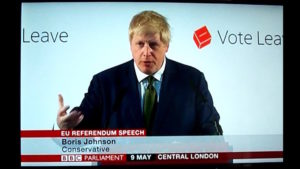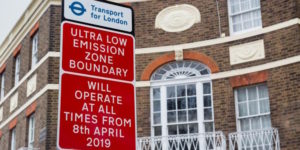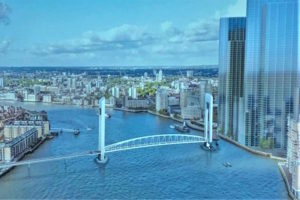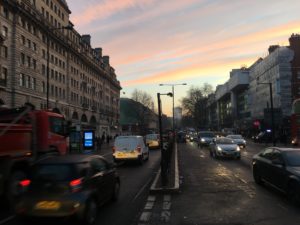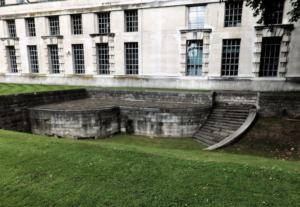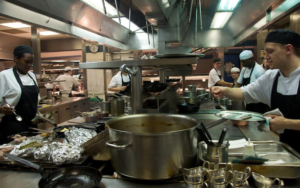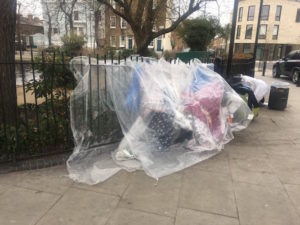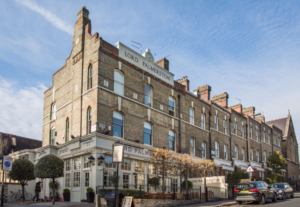As Theresa May prepares her Brexit delay plea and the UK’s fellow European Union member states ponder how indulgent to be, it’s interesting to look back to a major statement on the issue of the UK’s relationship with the EU made five years ago by the man who would go to become a star of the Leave campaign, then May’s Foreign Secretary and then one of the severest critics of the her Brexit strategy.
The man in question is, of course, Boris Johnson, when he was London Mayor. He made a speech at the then London headquarters of Bloomberg (they’ve since moved) to launch a report by his economics adviser Gerard Lyons, entitled The Europe Report: A Win-Win Situation. At the time, an EU referendum was not certain: the then PM, David Cameron, had promised one if he won the next general election, which took place in 2015. There had, though, been European elections in May 2014, which had seen Nigel Farage’s UKIP top the poll. Leave fever was building. The London Mayor wanted to make his feelings known.
It was an archetypal Johnson address, delivered in full “Boris” mode, but it possessed content as well as style. He began by acknowledging “some of the good things about the European Union,” using a story about flying home from Poland to make a point about post-war stability and economic integration. But he went on to list a string of ways in which he thought the EU had begun failing: a Eurozone largely “mired in low growth”; falling levels of foreign direct investment; health and safety directives and other “social model” requirements that were “helping to fur the arteries to the point of sclerosis”.
Though describing himself as “one of the few politicians in this country willing even in principle to support the idea of immigration” – a point he made more than once around that time – Johnson wanted “more control over who we get” and said it was “absurd” that we were “kicking out” highly skilled Australians and making it harder for Indian business people or Chinese students to enter the UK. He read the European election results as “a rejection of ruling parties and elites across the EU” and bemoaned the appointment of Jean-Claude Juncker as president of the European Commission against the UK’s wishes.
So what did Mayor Johnson think the nation should do? He said his “number one option”, in line with the conclusions of Lyons’s report, was, in fact, that the best future scenario would be for the UK to continue being a member of the EU, but a greatly reformed one, especially in the areas of social and employment law, the common agricultural policy and the ability to manage migration – the latter would be important for London, helping boroughs in particular to plan for school place and welfare service demand.
However, if such reforms could not be secured, we would probably be better parting company. After all, “there is no other group of countries that has gone in for this painful pooling of sovereignty, this Freudian attempt to recreate our childhood in the Roman Empire”, reasoned the Conservative Mayor. Yes, there would be “a scratchy period” of uncertainty and less investment but “we must accept that”, Johnson said. But exports would boom and “with our savings in EU budget contributions, there would be £10 billion to spend on other things”. Furthermore, the leaving of the Union need not be painful:
“I think we could do that in a friendly way; there is no reason for hostility or rancour on either side. If we got it right, we could negotiate a generous exit, securing EFTA [European Free Trade Association] style access to the Common Market – and they would have every motive to do such a deal, given that the balance of trade is very much in their favour.”
How does his 2014 analysis square with Johnson’s stance on Brexit since? In most ways, it hasn’t changed: sovereignty, bureaucracy, over-regulated business and inconsistent, under-regulated foreign migration are still cornerstones of his Euroscepticism. However, any enthusiasm for continued “EFTA style” access to the single market – the “common market” as he termed it with meaningful nostalgia in his 2014 speech – has become less apparent.
Indeed, the impression has formed that he’s now against all forms of post-Brexit close alignment with the EU. Early last year it was reported that Johnson, who was still the Foreign Secretary at the time, feared the UK might become “just another Norway” – the latter nation is an EFTA member. In recent days he has railed against a customs union deal on the similar grounds that that this would be a “soft Brexit” surrender.
Unsurprisingly, Johnson’s sterner critics regard the above as further evidence of typically shameless opportunism – a “hard Brexit” pitch to the fellow MPs and grassroots Tories who will choose the next Tory leader – just as they made much of the discovery that he had drafted two possible Telegraph columns about the 2016 referendum, one arguing the case for Leave, the other for Remain. The charge was and remains that “Good old Boris” will take whatever view on Brexit best serves his personal ambitions. Maybe, though, he could cite Lyons’ “Win-Win” report in his defence. Drawing on projections by economics consultants Volterra, it sketched four future scenarios London under different relationships with the EU, explored them all in detail and weighed them with care.
It also had a section headed “What Happens If We Leave?” (page 92). This stressed the importance of London reaffirming its openness to the world – something Johnson’s successor Sadiq Khan has been at pains to do, of course. As well as that, it discussed Article 50 of the Lisbon Treaty, likening it to a nuclear weapon in that “the threat of its use may be a more powerful weapon than its actual use”. The problem with invoking it, Lyons explained, is that doing so “cedes power to EU institutions and thus the deal may not be in the UK’s best interests”. Oh dear. And what if the outcome of a referendum was close, unlike the one in 1975 which saw the UK vote to join the “Common Market” by a margin of two to one? Lyons wrote:
“In contrast, a small margin of victory would likely complicate subsequent developments. It might be seen as making it possible to have another future referendum, it might be seen as keeping open the option of re-entry, and who knows how it would impact the subsequent discussions between the UK and EU”.
Perhaps Johnson should have a look at Lyons’s report again.

